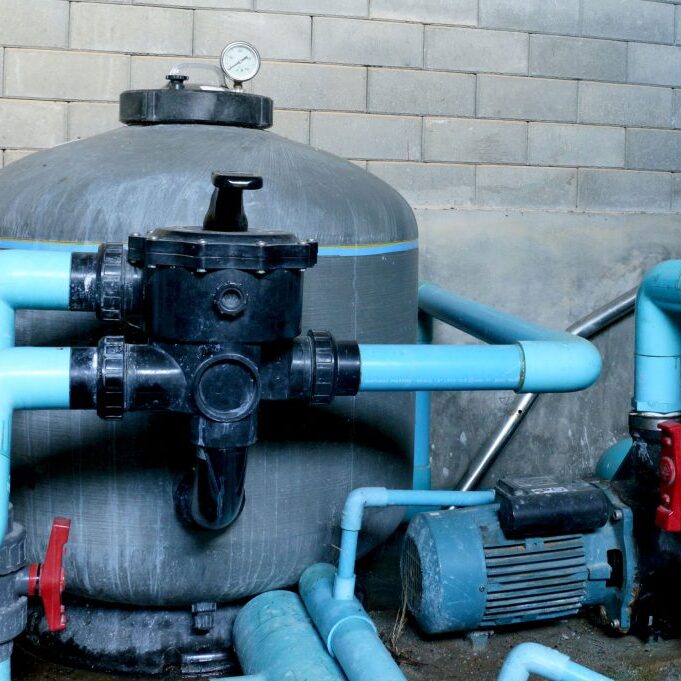When it comes to pool liner wrinkles, it's crucial to distinguish between those caused by installation issues and those arising from other factors. If a wrinkle appears due to a poor fit or incorrect measurements during installation, it will be evident as soon as the pool is filled. Wrinkles from installation problems do not develop later; they are present from day one. Any wrinkle that appears later is due to other causes, such as the liner shifting.
Once your pool is full, the water's weight holds the liner in place. This is why we advise against draining your pool to clean it or lowering the water level too much during winterizing. If wrinkles develop after installation, it often indicates water under the liner, which could result from a high water table or a leak.
To determine if your pool is losing water, follow our step-by-step instruction. If water loss is detected, it suggests a leak causing water to accumulate under the liner, making it float. If there is no water loss, the water under the liner is likely from the ground water table surrounding your pool.
For pools built by Bud’s, you can monitor and empty your sump well to minimize issues. This is especially important during heavy rainfall or spring thaw periods.
A floating liner can be problematic, but it can often be fixed by pumping the water from behind the liner back into the pool. If this water came from a one-time event, the liner might settle back down, though it may result in wrinkles. Address these wrinkles promptly to prevent them from creasing or becoming permanent.
Chemical Reactions and Vinyl Liner Wrinkles
Wrinkles not caused by installation errors or water under the liner are usually due to chemical reactions with the vinyl. Unbalanced pool chemistry can degrade the liner surface, causing it to absorb water from the pool or groundwater, leading to wrinkles. This damage is irreversible.
To prevent this, we recommend balancing your pool water at opening and every 3-4 weeks afterward. The most crucial test is the one done a week before closing, as this will be the water's condition throughout the closed season. Visit us more often if you struggle with water clarity!
Recommended Water Parameters
- Free Chlorine: 1-3 ppm
(Salt systems generate chlorine. Dial up or down in accordance to weather conditions and swimmer volume) - Alkalinity Adjustment: 80-120 ppm
- pH Adjustment: 7.4-7.6
- Calcium Hardness Adjustment: 200-300 ppm
- Stabilizer: 30-60 ppm
Our vinyl liner manufacturer has extensively researched wrinkle causes and prevention. Wrinkles develop when the vinyl absorbs water and changes dimensions, often due to high chlorine or bromine levels. Low pH and stabilizer levels also contribute to wrinkle formation. Each chemical factor affects another; for instance, alkalinity impacts pH levels. Unbalanced alkalinity causes pH to fluctuate. High calcium levels can lead to scale formation, while low levels cause corrosion.
High sanitizer levels combined with low pH are particularly damaging, potentially causing permanent liner damage and aggressively attacking heater internals.
Need Help? Did your liner wrinkle after a big rainstorm? Send us your pictures, and we'll work with you to find a solution!
Related Guides & Resources
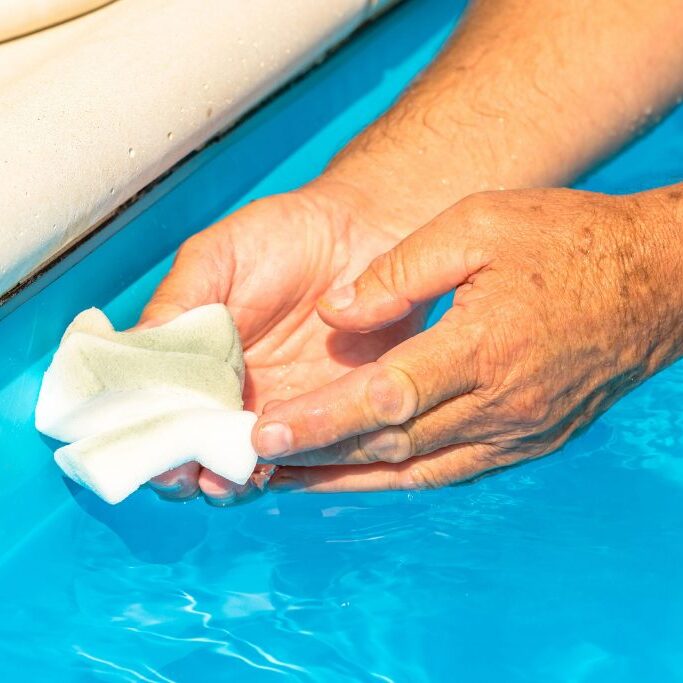
How to Treat and Prevent Metals and Staining
How to treat and prevent metals and staining Metals and Staining in a Pool Metals can be introduced to the water through foreign object or equipment such as:Copper piping and fittings,Heat exchanger,Using Copper Sulphate and other copper-based algaecides, Source water.Metals in pool water may cause staining to the liner, fiberglass, or concrete as well as an…
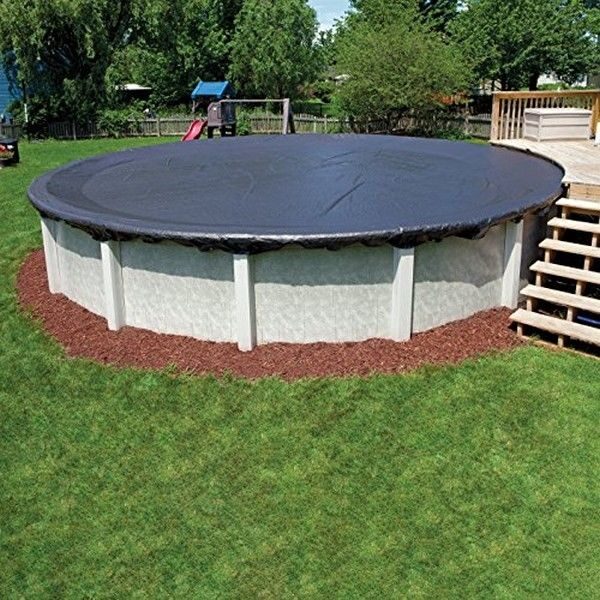
Above Ground Pool Closing Instructions
How to close your above ground pool Pool Closing Steps 1 One week prior to closing, bring a pool water sample to the store so your pool can be properly balanced. It is natural for sitting water to become acidic on its own, so balancing the water is very important prior to closing your pool.…
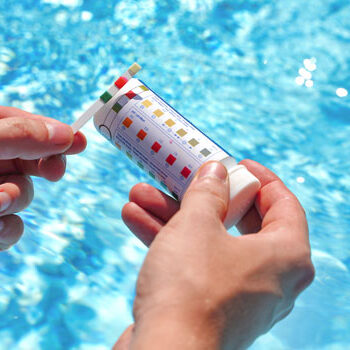
The Benefits of Borate to Treat Your Pool
Why Your Should Use Borate In Your Pool What is Borate? Borate prevents pH drifting, which results in calcium scaling, metal stains, cloudy water, algae, and hard pool water. When you use borate, the water will remain clear for a long period since chloramine (or combined chlorine) does not form quickly as compared to a…
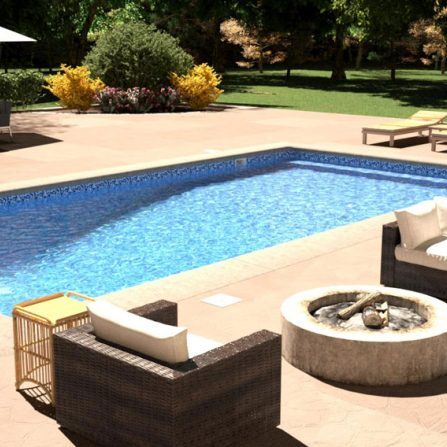
How to Reduce Phosphates in Your Pool
How to Reduce Pool Phosphates What are phosphates? Phosphates are food for algae. Although they are present in all water, once they reach a certain level they can cause issues in your pool. Phosphates can consume chlorine causing a consistently low level in your pool. When you have an extremely low chlorine reading, your pool…
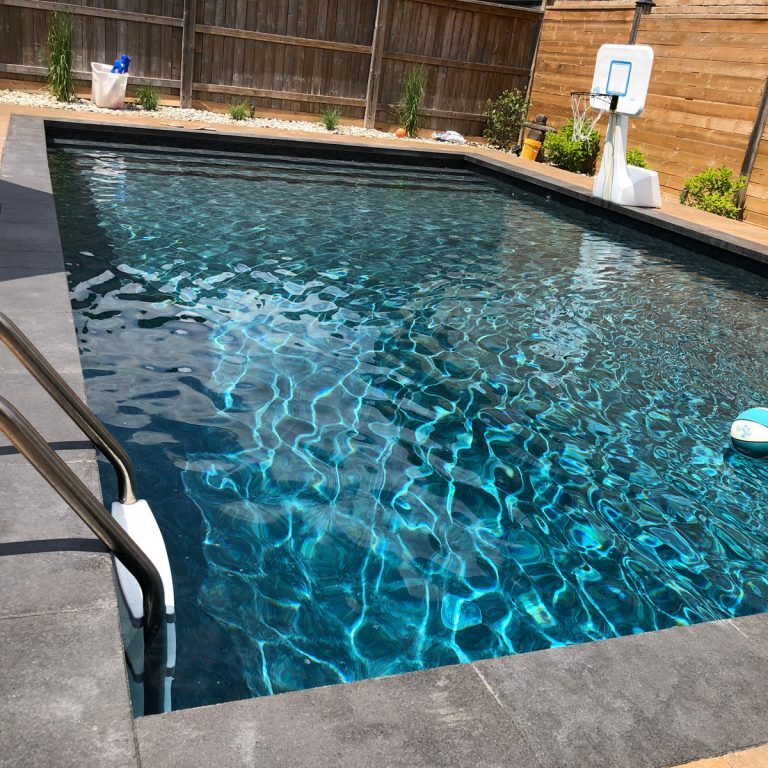
Spring Set-up for Pool UV Systems
How To Open Your Pool’s UV System SET-UP INSTRUCTIONS When spring arrives, it’s time to pull out your UV system and get it ready for the summer pool season. Below is a checklist that will help in getting the most out of your system. If your UV system is still installed on your pool equipment,…
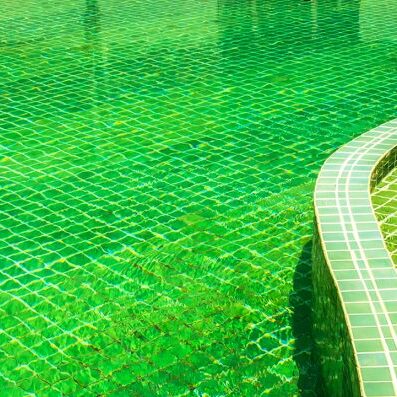
How to Treat Pool Algae
How to Treat and Prevent Algae How to Treat and Prevent Algae during Spring Opening Warning: when following these steps, DO NOT use your automatic vacuum as there is no option of vacuuming on waste/drain. Bring a pool water sample into Buds for water balance assistance. Remove large organic debris from the bottom of the…
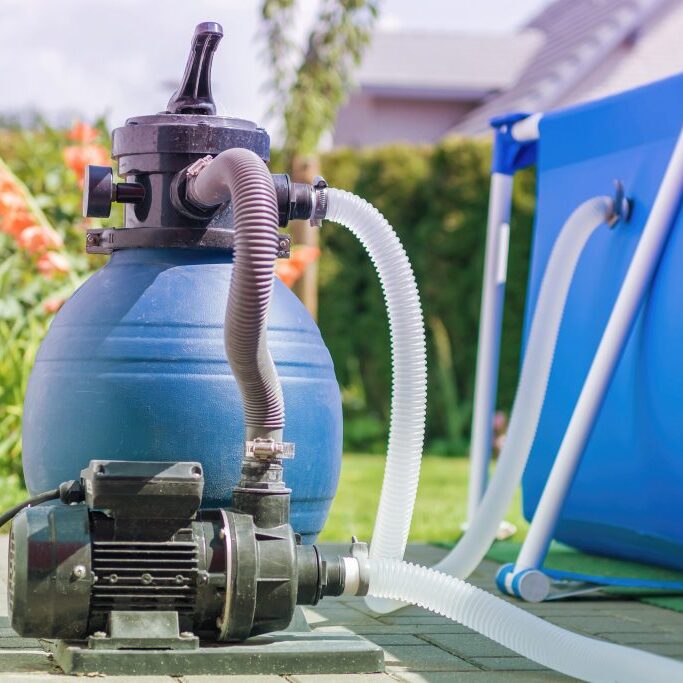
How to Change & Clean the Filter Media
How to Clean & Change a sand filter How to Change the Filter Media Sand should be changed in the filter every 3-5 years. However, if the sand is not cleaned once per season the sand may need to be changed much more often than that. 1 Turn off the pump. 2 Take the drain…
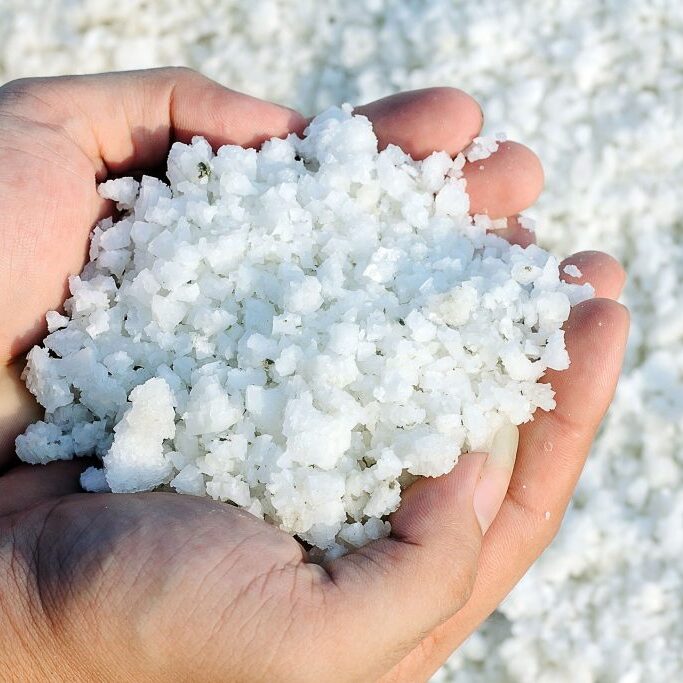
How to Clean a Pool Salt Cell
How to Clean a Salt Cell It is important to maintain a clean salt cell so chlorine can be continuously produced. Salt cells that have a lot of scale or calcium build up cannot effectively produce sanitizer and often create flow issues within the pool system. You should check your salt cell weekly to ensure…
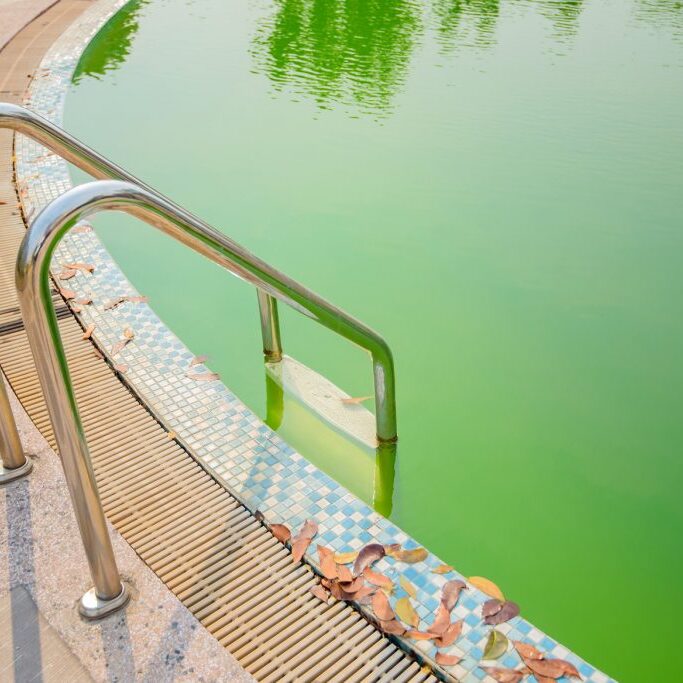
How to Treat and Prevent Cloudy or Foggy Pool Water
How to Treat Extremely Cloudy or Foggy Water How to Treat Extremely Cloudy or Foggy Water Bring a pool water sample into Buds Spas and Pools for water balance analysis. Adjust pH and/or chlorine levels as recommended by the water lab. Follow Option A, B or C depending on the level of clarity in the…
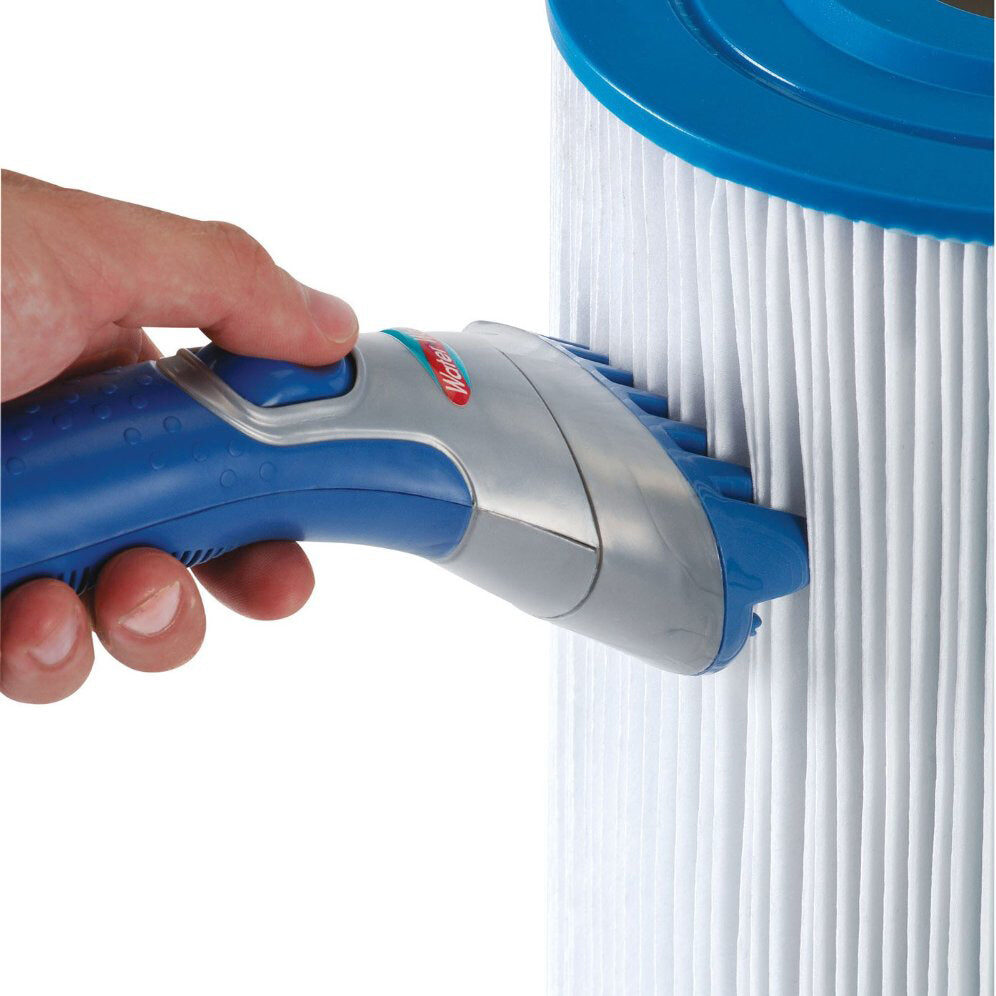
Pool Filter Cartridge Cleaning Instructions
How To Clean A Pool Filter Cartridge When should a cartridge element be cleaned? For hot tubs and swim spas, establish a routine cartridge cleaning schedule based on the amount of spa usage. This should include rinsing the cartridge weekly (or more frequently with heavy use), as well as using Rapid Action Filter Cleanse every…
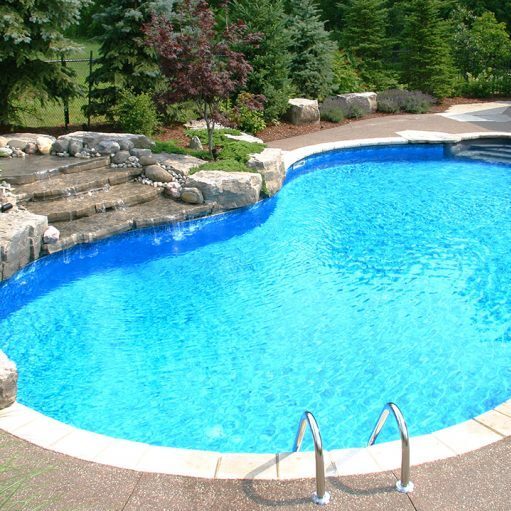
Maintenance for Saltwater Pools
Saltwater pool maintenance Helpful Tips to Maintain Your Pool New pool or new liner customers: Please bring in a water sample to Bud’s Spas and Pools before adding any chemicals and/or before entering your pool for the first time. Filtration To maintain proper filtration the pump should be operating 24/7. If your pump is on…
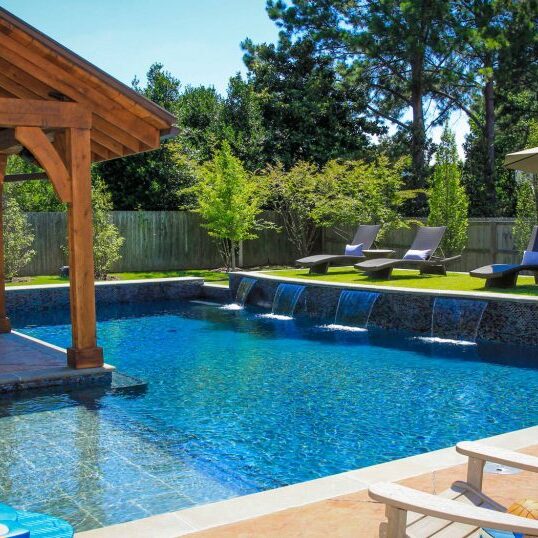
Maintenance for Non-Saltwater Pools
Non-saltwater pool maintenance HELPFUL TIPS TO KEEP IN MIND WHEN MAINTAINING YOUR POOL NEW POOL OR NEW LINER CUSTOMERS:PLEASE BRING IN A WATER SAMPLE (IN THE SAMPLE BOTTLE PROVIDED) TO BUDS SPAS AND POOLS BEFORE ADDING ANY CHEMICALS AND/OR BEFORE ENTERING YOUR POOL FOR THE FIRST TIME. Filtration To maintain proper filtration the pump should…
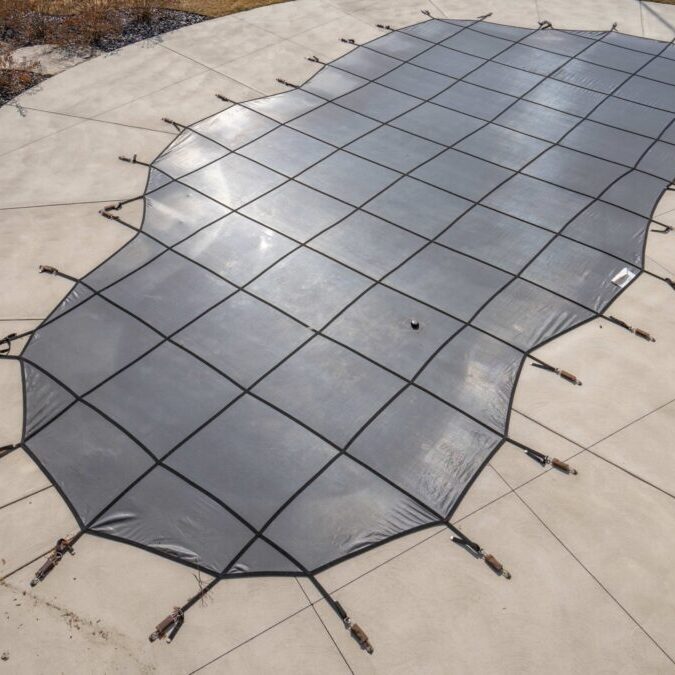
Inground Pool Closing Instructions
Pool Closing Instructions Follow these steps to properly close your pool this year 1. One week prior to closing, bring a water sample to the store so your pool can be properly balanced. 2. 48 hours before closing, clean your sand filter with Filter Cleaner. If you have a cartridge filter, it can be cleaned…
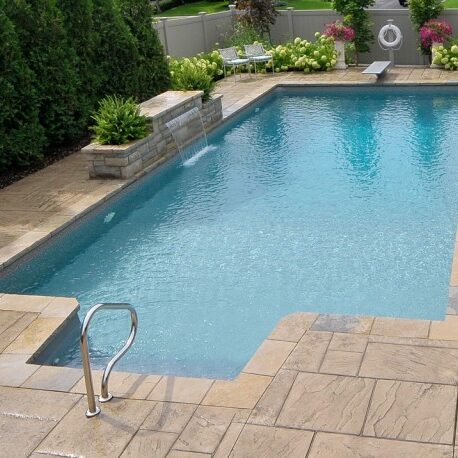
Pool Opening Instructions
Pool Opening Instructions Pool Opening Instructions 1. Remove any leaves or debris from the top of your winter cover (this should not go in the pool). 2. Remove the water off your pool cover using a submersible pump. When using a submersible pump, please ensure that the pump is not sitting directly on the pool…
